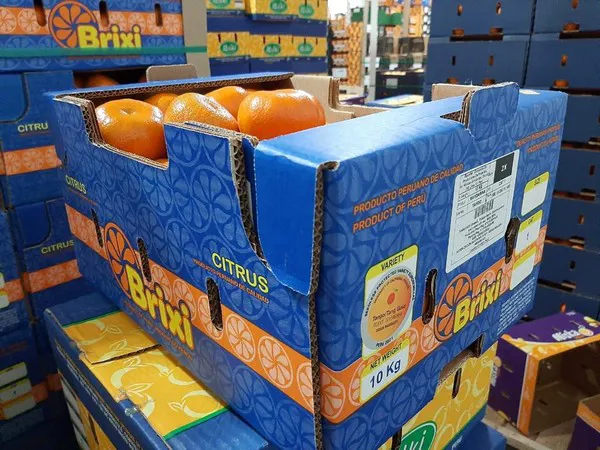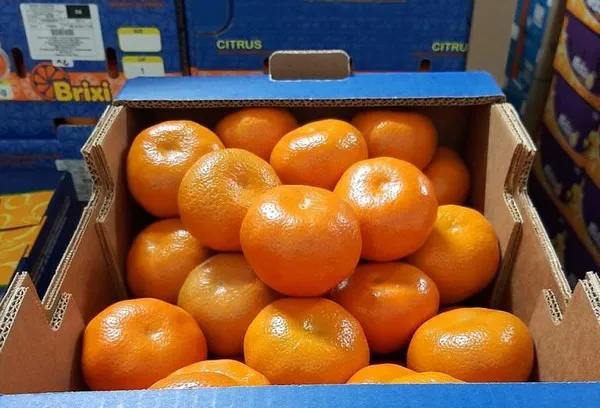Amidst increasing supply from the Southern Hemisphere, key world markets of the US, Europe and Asia are showing a strong demand for citrus from Peru, especially seedless easy peelers. This is according to Lavesh Mirpuri, Commercial Manager at Consorcio de Productores de Fruta (CPF), a Peruvian citrus and avocado exporter owned by producers.

“We have seen a strong demand for citrus, especially for seedless easy peelers. Of course, supply has been increasing as well and as a result there has been pressure on prices over the last few years. We are strong believers in the citrus category and will continue focusing on developing good quality fruit to serve our customers and continue driving demand. Our season for early varieties was delayed 2-3 weeks this year due to the higher temperatures which have slowed down the change of colour. We expect that as temperatures start to cool down the fruit will start to change colour at a faster pace. In terms of citrus, we start our season in April with early varieties such as Primosoles and Satsumas. During mid-May we move into Clementines (Oronules and Nour) and Novas. Then we continue with Minneolas, W.Murcotts and Tangos and end our season in September,” explains Mirpuri.
Their main export markets for citrus are the US, UK and Europe. “Asia, especially China, is a market that is also gaining a lot of traction and importance, and where we have shipped important volumes in the past. We expect to continue catering to these markets and prioritizing programs with our long lasting customers. We have 20 year relationships with the largest wholesalers and retailers across the globe and we hope to continue supporting them in years to come regardless of what other origins do,” states Mirpuri.

CPF dates back to 2001 when a small group of avocado and citrus growers came together to develop a synergy in the fruit export business. “We have the participation of over 60 grower partners, becoming one of the main fresh fruit exporters in Peru. Our main purpose is to export the fruit of our growers, and in this way we allow them to be 100% focused on their fields in order to grow fruit with the highest quality levels. Also, we do not buy or collect fruit from third parties, and this allows us to guarantee a quality standard in our fruit. The CPF model is focused on covering the costs of the company, and transferring all the benefits and profits from exports to the growers.”
The CPF producer owners jointly have over 2,700 hectares of citrus varieties planted and 1,500 hectares of avocados. “All our citrus and avocado fields are located around Lima, from up to 200 kilometres North from Lima (Santa Rosa, Huaral, Chancay, Huacho), and down to 300 kilometres south from Lima (Chincha, Ica, Cañete). Three of the pack houses are in the North, the other three in the South – all very close to the fields.”

Mirpuri says they expect to export around 2,500 containers of citrus this season, which is very similar to last season. CPF also exports avocados and expect to have around 850 containers. Fortunately for them, shipping rates have decreased, but fertilizer costs remain high.
“This year we are finally seeing shipping rates start to decrease, although these are still higher than what we would like. Freight costs are critical for the sustainability of our growers business over the long term and we hope to continue seeing improvements in this area. Unfortunately, the last couple of seasons have been extremely challenging because of the high freight rates and the inconsistent shipping times and port congestions. In terms of costs at the field level, we saw fertilizer costs increase by 30% and labour costs increase as well, adding more challenges to growers operations. Last year was very challenging for the growers, but we come into 2023 with a more positive outlook,” states Mirpuri.
 For more information:
For more information:
Lavesh Mirpuri
Consorcio de Productores de Fruta
Email: lmirpuri@cpf.com.pe
www.cpf.com.pe
